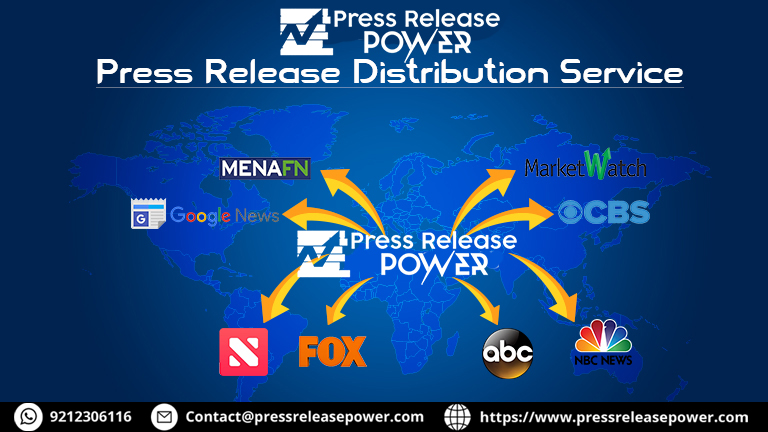What Are the Latest Trends in Software Development?
Software development is an ever-evolving field, constantly influenced by technological advancements and changing user needs. Staying up-to-date with the latest trends in software development is crucial for developers and organizations alike. In this article, we will explore the most significant trends shaping the industry today and discuss their impact on coding languages.
Introduction
Software development is the process of creating, testing, and maintaining computer programs and applications. It plays a pivotal role in enabling businesses to streamline operations, improve efficiency, and deliver innovative solutions to customers. As technology continues to progress at a rapid pace, it's essential for developers to embrace the latest trends to stay competitive in the market.
Agile Development
Agile development has gained significant popularity in recent years due to its iterative and collaborative approach. This methodology emphasizes flexibility, adaptability, and continuous improvement. By breaking down projects into smaller increments, developers can quickly respond to changes and incorporate feedback from stakeholders. Popular frameworks such as Scrum and Kanban provide structure and enable efficient project management.
The shift towards agile development has influenced coding languages, as developers seek languages that promote agility and rapid development. Languages like Python, JavaScript, and Ruby are known for their simplicity and ease of use, making them suitable for agile projects.
DevOps Integration
DevOps, a combination of "development" and "operations," is an approach that aims to bridge the gap between development teams and IT operations. It emphasizes collaboration, communication, and automation throughout the software development life cycle. DevOps enables faster software delivery through continuous integration and continuous delivery (CI/CD) pipelines.
To support DevOps practices, developers often rely on coding languages that integrate well with automation and collaboration tools. Python, Ruby, and PowerShell are examples of languages commonly used in DevOps environments due to their extensive libraries and frameworks.
Cloud Computing
Cloud computing has revolutionized the software development landscape by providing scalable and flexible infrastructure. It enables developers to deploy and manage applications without the need for extensive hardware investments. Cloud-based development platforms and services, such as Amazon Web Services (AWS) and Microsoft Azure, offer convenient environments for building, testing, and deploying software.
As organizations increasingly adopt cloud computing, developers should familiarize themselves with coding languages that align with cloud development. Languages like Java, C#, and JavaScript are popular choices due to their compatibility with cloud platforms and support for distributed computing.
Microservices Architecture
Microservices architecture involves breaking down monolithic applications into smaller, independent services. Each service focuses on a specific functionality and can be developed, deployed, and scaled independently. Microservices offer advantages such as improved scalability, easier maintenance, and faster time-to-market for new features. the software development process, and the overall software life cycle.
When working with microservices, developers often leverage coding languages that support containerization and orchestration tools. Languages like Go, Java, and Node.js are commonly used in microservices architecture due to their efficiency, scalability, and support for frameworks like Docker and Kubernetes.
Machine Learning and Artificial Intelligence
Machine learning (ML) and artificial intelligence (AI) have become integral parts of software development. ML and AI algorithms enable applications to analyze data, make predictions, and automate complex tasks. From recommendation systems in e-commerce to image recognition in healthcare, ML and AI have a wide range of applications.
Python has emerged as a dominant language in the ML and AI space due to its extensive libraries and frameworks such as TensorFlow and PyTorch. Developers interested in ML and AI should focus on mastering Python alongside other languages like R and Julia.
Low-Code Development
Low-code development platforms are gaining popularity as they allow developers to create applications with minimal hand-coding. These platforms provide visual interfaces, drag-and-drop components, and pre-built integrations, enabling faster development cycles and reducing the need for extensive programming knowledge.
While low-code development simplifies the process, developers still need to have a strong foundation in coding languages to customize and extend applications. JavaScript and TypeScript are commonly used in conjunction with low-code platforms to add custom logic and functionality.
Internet of Things (IoT)
The Internet of Things (IoT) refers to the network of physical devices embedded with sensors, software, and connectivity, allowing them to exchange data and interact with the environment. IoT has opened up new possibilities in various domains, including smart homes, healthcare, and industrial automation.

.jpg)
.jpg)





 English (US) ·
English (US) ·